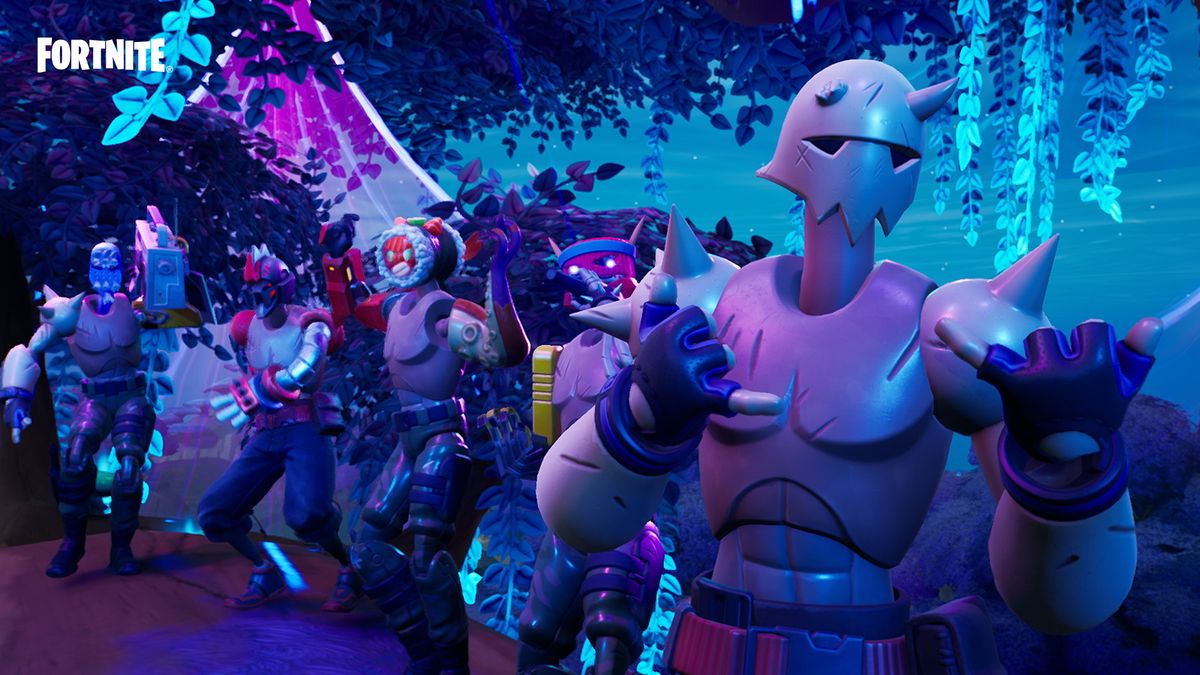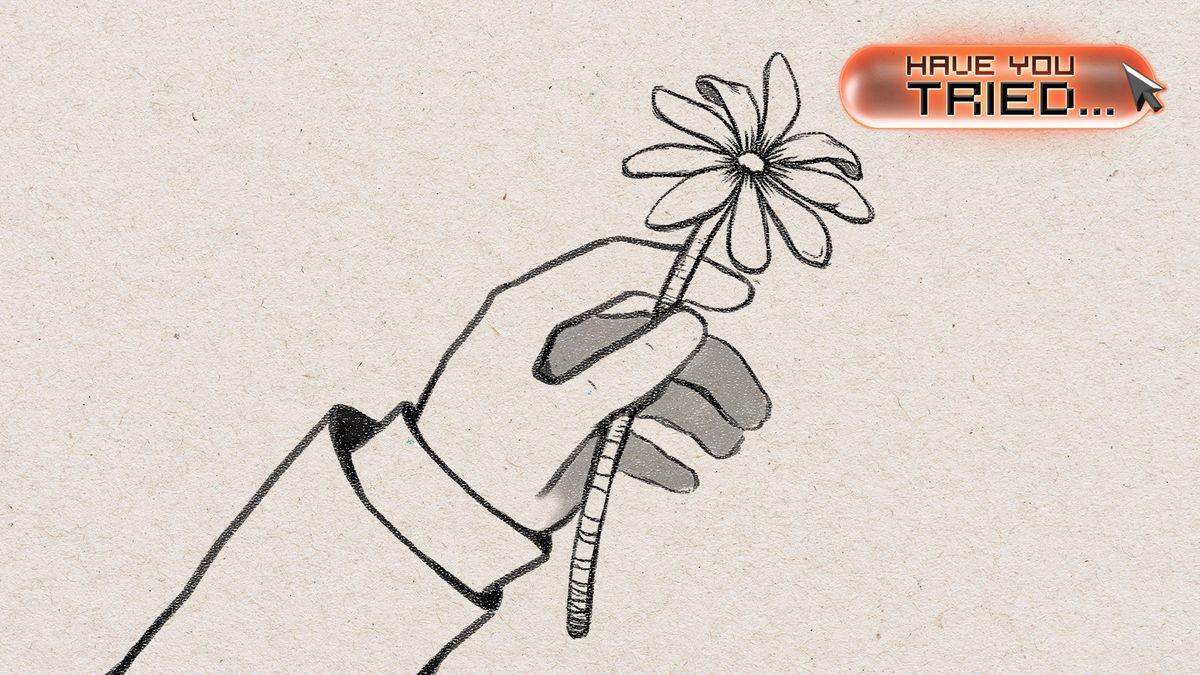Strategy games will typically throw a lot at you in the opening hours. A mass of systems to learn, should you have any hope of keeping your characters alive between battles. Which units trump which, where can each unit type move, and how can you better upgrade units for future fights? And then there’s the plot and outside world to consider: What’s going on? Why’s everyone fighting each other? Who are the “good guys” and the “bad guys”?
Triangle Strategy feels like all this dialed up to 11. Square Enix’s new strategy-RPG bombards you with information over the opening few hours, ranging from why everyone’s about to be at each other’s throats to how aerial units can outmanoeuvre foot soldiers in the heat of battle. The long and short of it is three kingdoms, formerly at war, have settled on a truce over the last few years to dole out salt supplies evenly among the nations, and thus keep everyone satiated, but the embers of rivalry are on the cusp of breaking out into wildfires of war. It’s a lot to wrap your head around.
Weight of the world

JRPG fans are used to rising up from nothing, and Triangle Strategy really runs with that theme, positing you as Serenoa, the son of a lord in service of a ruler of one of three nations. You’re no one at Triangle Strategy’s outset, just a blip on the radar of one ruler, and as such there’s a lot to acquaint yourself with in the opening hours. There’s scores of characters to meet and memorize, dozens of collectibles to acquire to better tell the backstory of Triangle Strategy’s world, and that’s without learning the new game’s complex battle system.
Even going by massive JRPG standards of world building infodumps, Triangle Strategy’s debut chapters are a lot. You’ll spend hours trying to familiarize yourself with this new world, scanning back through documents and tutorials to better learn where you are and what you’re doing, and how you can make more informed and educated dialog choices. Tomoya Asano, who previously headed up Octopath Traveler under Square Enix, is helming this new venture, but where Octopath had eight starting characters to choose from, Triangle Strategy has one set starting point with protagonist Serenoa, a welcome change for those who thought the former game a little bloated.
Where Triangle Strategy’s worldbuilding and storytelling might feel overwhelming, its core play is the absolute business. Although you strictly pilot Serenoa in the story, Triangle Strategy’s battles have you taking control of the young fighter and all his allies: there’s skilled assassin Hughette who soars around with a deadly bow on the back of a hawk, for example, or the stalwart Erador can rush headlong into the thick of things with a shield almost as big as himself. All these friends play vital individual roles in battle, and specialize in one key area, like healing or archery, and are crucial to your success on the battlefield.
Playing Triangle Strategy’s battles goes something like this: move a unit, attack an enemy unit, figure out how to support that unit with your other troops. Because Triangle Strategy’s a “hardened” strategy game in the sense that no enemy drops dead after a single whack, there’re various creative ways for your minions to team up and take foes down together. You can position two units either side of an enemy, for example, so that when one ally strikes them, the opposing comrade joins in and delivers a follow-up hit.
In it for the long haul

Mastering these layers of Triangle Strategy’s combat is an absolute joy so far. There’s a deluge of serotonin gained from eviscerating multiple enemy troops with magical attacks, or peppering annoying wizard enemies with arrows until they drop dead. Triangle Strategy’s battle system is just really damn good, and ‘Normal’ difficulty feels like a finely tuned balance between tough and punishing, letting you experiment and even make the occasional mistake without having your characters be mercilessly butchered by a thousand blades.
Outside of combat, Triangle Strategy periodically offers little tidbits of exploration. Serenoa is able to briefly venture round a tourney ground, or a small village in the middle of nowhere, chatting to passerbys for their views of the world and the big salt truce. Pockets of exploration like this, relatively sparse as they might be in Triangle Strategy’s opening hours, are made more meaningful because you can unlock new dialog options later on in the story by acquiring knowledge while talking to folk. It always feels like you’re constantly acquiring important information, even if it all feels a little overwhelming at times.
It’s early days for Triangle Strategy, especially considering it’s a game that looks poised to unfold over dozens of hours. Triangle Strategy’s battle system sings beautifully so far, offering hours of in-depth tactical combat with characters who all matter in very different ways with unique capabilities. Square Enix’s project is a strategy game on the surface, but there’s plenty more meat on the bone elsewhere, with conversations and dialog options ripe for exploring and unlocking, and a deep world with oodles of lore and machinations unfolding.
Triangle Strategy will release on March 4 for Nintendo Switch.
 Game News Video Games Reviews & News
Game News Video Games Reviews & News



